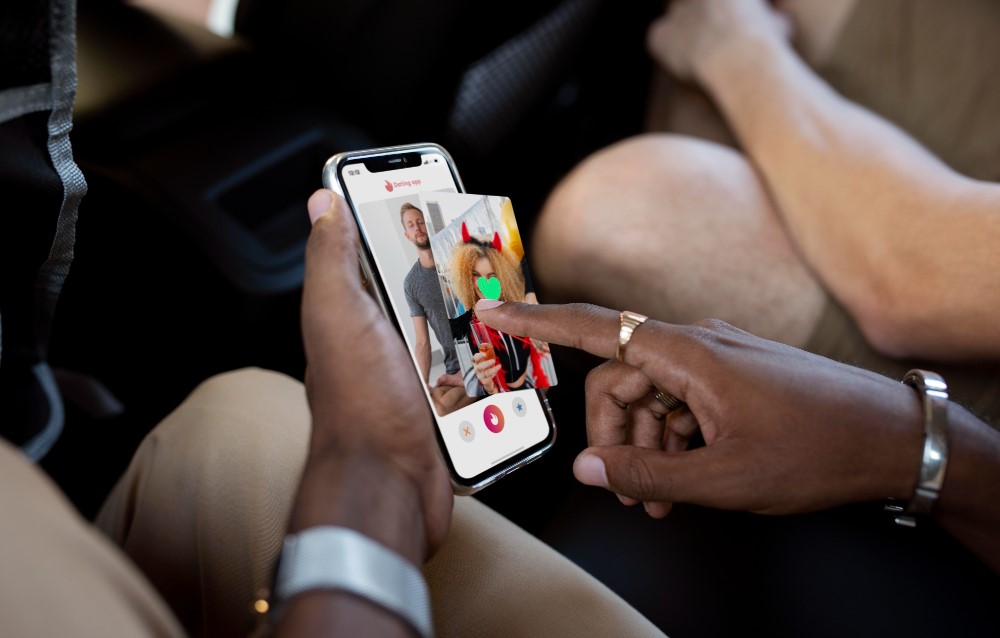Do you think it's just a matter of swiping right? Find out what really determines who shows up (or doesn't) for you on dating apps.
Introduction
You open the app, see an interesting profile, match, and think, "Could it have been fate?" Spoiler: it was the algorithm. Behind every suggested profile lies a complex web of data, preferences, behavior, and… mathematics.
If you want to understand how dating apps choose who shows up for you (and who never shows up), this article is for you.
1. What is an algorithm?
Simply put, an algorithm is a set of rules and calculations that the app uses to determine what to show each person. It considers your data, your behaviors, and those of other people—all in search of maximize the chances of a match.
2. What do apps observe about you?
- ✅ Your gender, age and location
- ✅ The people you usually like
- ✅ How much time you spend on the app
- ✅ How often you like or dislike
- ✅ The quality of your matches (whether you chat or disappear)
3. How does he choose who to show you?
Algorithms combine your data with other users' data and try to create partnerships based on compatibility and engagement. In other words: the more “active and selective” you are, the more the app tries to show you people similar to your tastes and habits.
- 💡 Tip: Profiles that only like everyone or disappear from chats tend to lose relevance in the algorithm.
4. The famous “attractiveness score” (yes, it exists)
Although apps openly deny it, many use a sort of engagement-based scoring system: if you get a lot of likes and respond quickly, your profile tends to appear more often to people with good "performance" as well.
5. Why do the same profiles always seem to appear?
The algorithm prioritizes active, recent profiles that are more likely to like you back. This creates repetitive cycles, especially in smaller cities.
- 💡 Solution: Change your radius, update your photos, and pause the app for a few days to “reset” the experience.
6. Each app has its own system
- Tinder: uses an algorithm based on mutual compatibility and engagement (with hidden ranking)
- Hinge: prioritizes “likes” based on interaction and machine learning
- Bumble: encourages matching based on compatibility + response time
- Happn: values real-time geolocation
Quick summary
- 🤖 Algorithms analyze your behavior within the app
- ⚙️ The more you interact with quality, the more relevant your profile becomes
- 🔄 Restarting usage or changing strategies helps to “refresh” the suggested profiles
Conclusion
Dating app algorithms aren't the bad guys—they're just mechanisms that try to increase your chances of a match based on the available data. Knowing how they work helps you use the app with more strategy and less frustration.
Final tip: Be active, selective, and honest in your profile. The algorithm is invisible, but it sees everything.
Keep exploring
In the category Technology of DateMobs, you understand how the digital world influences your relationships — and learn how to use it to your advantage.





